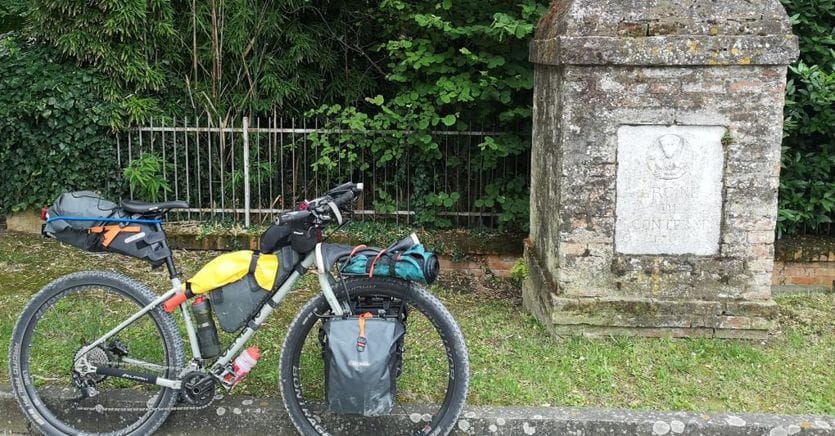It is an easy itinerary, of great historical-artistic and landscape interest. There are no climbs. It is plain as far as the eye can see; therefore it is a path suitable for everyone, ideal for those who want to get closer to the experience of a cycle trip. It winds around Venice, a jewel that attracts tourists from all over the world; but at the same time it touches some of the most remote places of what was once the Serenessima Republic.
It is the Grand Tour of the Venetian lagoon, configurable to your liking in several variations, all beautiful, departing from Padua, Treviso or Mestre, along the Giro dei 100 cippi along the ideal line that for centuries delimits and protects the “salty waters ”, The large body of brackish water between the Adriatic and the furthest strips of land of the Venetian Po Valley.
Sanitary cordon for the lagoon
It was 1791. Europe was shaken by the seismic waves of the French Revolution and the Napoleonic parable. Shortly thereafter, in May 1797, the last doge, Ludovico Manin, would have handed over Venice to the triumphant troops of a twenty-seven-year-old Bonaparte. A few months later, with the treaty of Campoformio, the Serenissima, after centuries of conquests and glories, was ceded to the Austrians by Napoleon himself.
Yet even in such a turbulent and troubled era, in the imminence of the end, the administration of Venice did not lose sight of the task of safeguarding the vital heritage of the lagoon, a natural barrier to defend the Lion of San Marco.

Thus was born the idea of tracing an inviolable perimeter as an immaterial bulwark against the progressive advance of the earth and the consequent narrowing of the waters. It was the “lagoon contermination” line, within which – as we read in historical documents – the lagoon had to “remain free both in length and in width” and in which it was not allowed to “put shovel or hoe, or plant, arrar, to make cavamenti, arzeri, fabriche or other imaginable kind of work that could prevent the free mounting of salty waters ».
